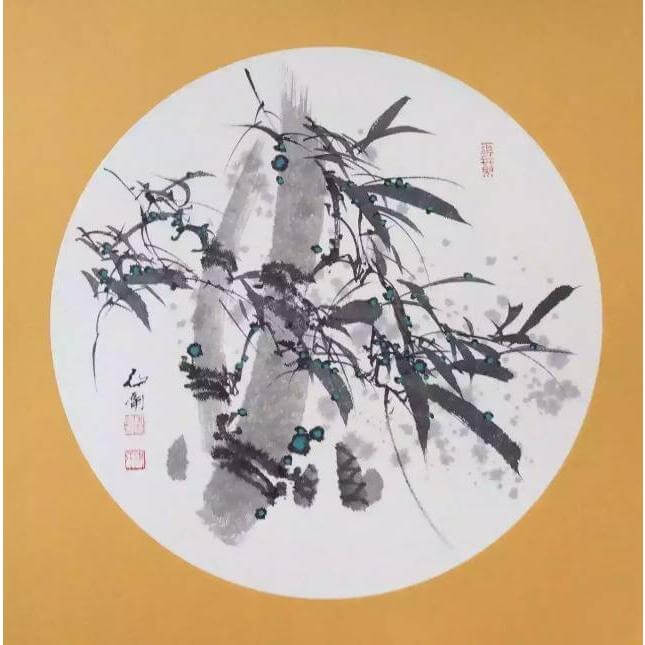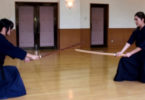Hello everyone how are you? Today’s theme is one of “Cool Japan”, ”Sumi” (Indian Ink), which is usually used for mainly calligraphy and “Suiboku-ga“ (an Indian ink painting/a black‐and‐white drawing).
I used to practice the calligraphy in my childhood days, but my works was almost all botchy since I’m all thumbs when it comes to the calligraphy.
Contents
What’s Sumi (Indian Ink)?
Calligraphy is the art of writing with a brush on white paper. The Japanese see beauty in the contrast between black and white.
It’s the use of Indian ink that creates the beautiful black colour in calligraphy.
Indian ink is composed of specks of black pigment, glued together into a solid piece. To use it, you need to dissolve it in water.
Indian ink is thought to have been invented 3,500 years ago in China. It was introduced to Japan in the 7th century, along with paper and brushes, and became the standard choice for writing.
This document is from the 8th century. Written in Indian ink, the word are still very legible. That’s because Indian ink is not prone to fading and the colour remains dark for a long time.
How does Sumi make?
Let’s visit a long-established ink shop in Nara and see the traditional way of making Indian ink.
Indian ink is made from the soot obtained by burning vegetable oils, such as rapeseed oil. Oil is poured into a unglazed pot containing a burning wick.
The soot emanating from the flame adheres to the underside of the lid.
The smaller the flame, the slower the oil burns, and that means the resultant specks of soot will be tinier and more evenly sized.
Glue and an aromatic substance are added to the soot, and the mixture is kneaded until the soot is uniformly distiributed. This must be done while the glue is warm and soft.
The kneadedmixture is then dried for six months to a year. After that, the ink is ready for use.
Some types of Indian ink are made from the soot of burnt pine instead of the soot that comes from burning oil.
What’s “Suiboku-ga” (an Indian Ink Painting)?
Originally from China, the art of Suibokuga started becoming more popular in the 7th – 8th century, spreading to Korea and Japan via sea trade exchange.
These two sticks of ink produce different shades of black. Ink made from oil soot is deep black. Whereas, ink from pine soot is bluish black.
Pine-soot ink is often used for ink-brush painting which is called “Suiboku-ga“, becausde it gives painters a broader spectrum of shades to work with.
Known as Ink Wash Painting too, the technique aimed to bring out the beauty of art not by its attractive color, but by the spirit or the item.
It is not an easy feat, trying to draw something by trying to capture its essence. In casual Japanese, Suibokuga is also known as Sumi-e.
 Bamboo Forest at Arashiyama, Kyoto
Bamboo Forest at Arashiyama, Kyoto
How is it drawn ?
Just like painting with water color, Suibokuga uses almost the same concept, but it only uses the black ink and a calligraphy brush.
Water is used to dilute the intensity of the color, giving it different shades of black/grey.
Just imagine the word “monochrome” , that is how Suibokuga art works.
While it might look simple, the art of drawing a Suibokuga requires techniques that is highly revered and compared to the likes of Calligraphy.
In the past, ”ink stones” were the only available item that could be used. In the modern day, bottles of ink could easily be purchased.
The ink stones has to be ground on a plate after a few drops of water is put. The intensity of the ink (darkness) can be adjusted by grinding less or more ink into the solution.
Modern Day Art
In modern times, more artists are coming up with new ways to create their own version of art. Combining colors with the Calligraphy ink, we sometimes might see artworks as these below,
The Japanese see endless possibilities in the beautiful black and grey tones produced by Indian ink.
Are you interested in the art of Suibokuga?
Lastly, “Ink Brush (Fude)” being well-worth a visit, thanks













